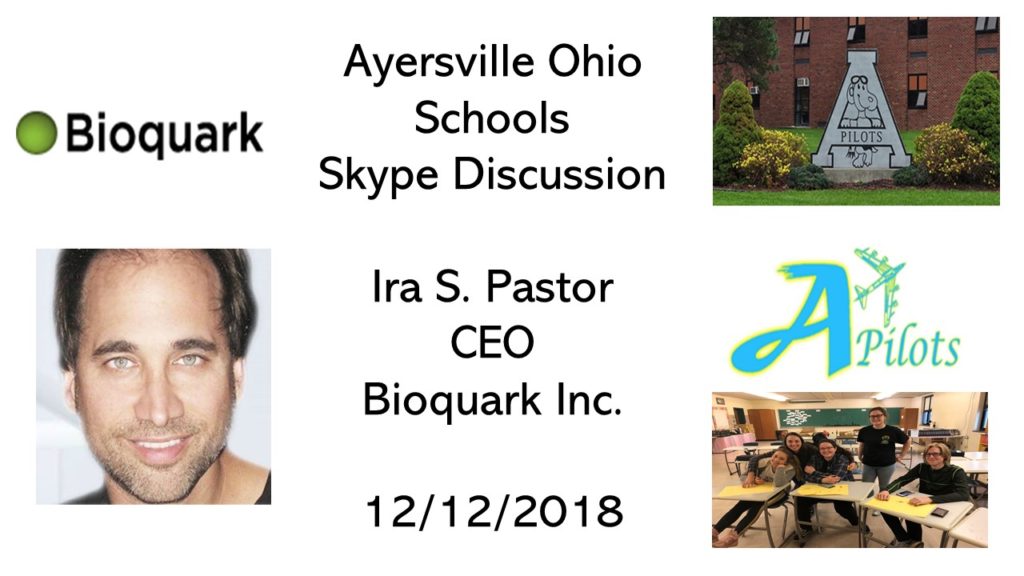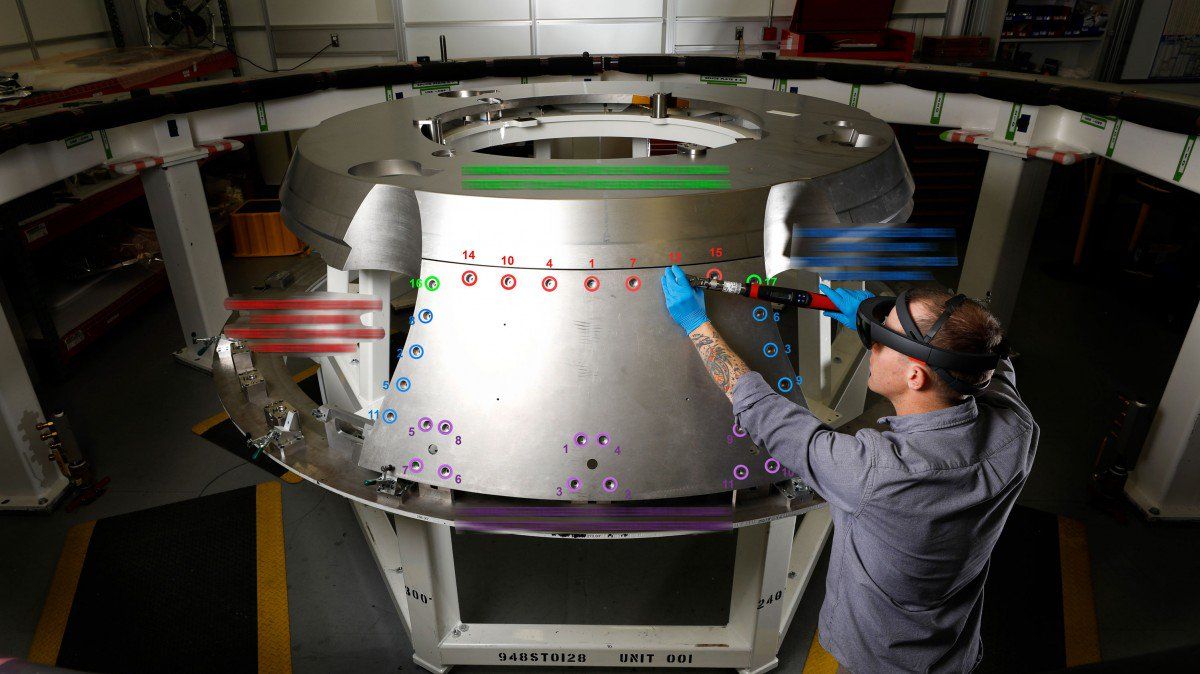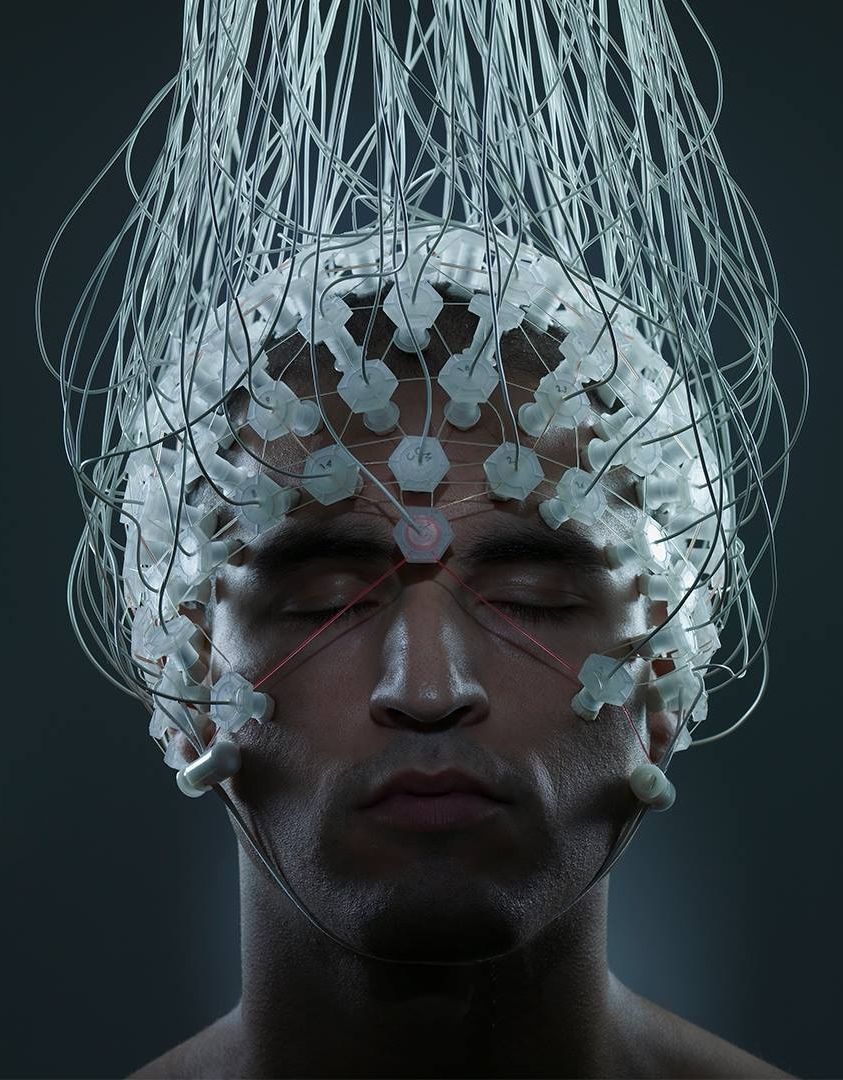Page 9505
Dec 20, 2018
This Drone Seamlessly Transitions Between Swimming and Flying
Posted by Genevieve Klien in categories: drones, food, government

It isn’t unreasonable to think of drones as pesky technological nuisances. Our modern digital ecosystem regularly infringes on traditional notions of privacy and bombards our limited attention spans with stimuli. A swarm of drones hovering overhead seems like the physical manifestation of these intrusions and distractions. But we shouldn’t swat them away just yet. Drones still have practical utility and the potential to change industries.
An Expanding Market
Continue reading “This Drone Seamlessly Transitions Between Swimming and Flying” »
Dec 20, 2018
Ira Pastor — Ayersville Schools Discussion — Bioquark Inc.
Posted by Ira S. Pastor in categories: aging, bioengineering, biotech/medical, business, DNA, futurism, genetics, health, life extension, neuroscience
Had a great time with my regenerative biology Q&A session with Ayersville (Ohio, USA) Schools 2nd graders and high school advanced anatomy class — so happy to see kids out there that are interested in these topics at such a young age — creating the future, one mind at a time — https://www.youtube.com/watch?v=2_uu9f7nafc

Tags: Alzheimer's, anti-aging, bioquantine, bioquark, biotech, cancer, diabetes, health, ira pastor, Life extension, reanima, regenerage, regeneration, regenerative, SCI, science, TBI, wellness
Dec 20, 2018
Quantum Maxwell’s demon ‘teleports’ entropy out of a qubit
Posted by Xavier Rosseel in categories: computing, law, quantum physics
Researchers from the Moscow Institute of Physics and Technology, ETH Zurich, and Argonne National Laboratory, U.S, have described an extended quantum Maxwell’s demon, a device locally violating the second law of thermodynamics in a system located 1–5 meters away from the demon. The device could find applications in quantum computers and microscopic refrigerators cooling down tiny objects with pinpoint accuracy. The research was published Dec. 4 in Physical Review B.
The second law says that the entropy — that is, the degree of disorder or randomness — of an isolated system never decreases.
“Our demon causes a device called a qubit to transition into a more orderly state,” explained the study’s lead author Andrey Lebedev of MIPT and ETH Zurich. “Importantly, the demon does not alter the qubit’s energy and acts over a distance that is huge for quantum mechanics.”
Dec 20, 2018
Faint glow within galaxy clusters illuminates dark matter
Posted by Genevieve Klien in category: cosmology
More information: Mireia Montes et al, Intracluster light: a luminous tracer for dark matter in clusters of galaxies, Monthly Notices of the Royal Astronomical Society (2018). DOI: 10.1093/mnras/sty2858, dx.doi.org/10.1093/mnras/sty2858
Provided by: ESA/Hubble Information Centre.
Dec 20, 2018
NASA Administrator Jim Bridenstine Highlights Moon and Mars Exploration
Posted by Michael Lance in category: space travel

We’re returning to the Moon, to stay, and nine American companies will work on developing technologies to get there. Watch the latest episode of Watch this Space with NASA’s Administrator Jim Bridenstine to learn how we’re going forward to the lunar surface.
Dec 20, 2018
NASA is using HoloLens AR headsets to build its new spacecraft faster
Posted by Michael Lance in categories: augmented reality, space travel
Lockheed Martin engineers wear the goggles to help them assemble the crew capsule Orion—without having to read thousands of pages of paper instructions.
Dec 20, 2018
What if consciousness is just a product of our non-conscious brain?
Posted by Xavier Rosseel in category: neuroscience

‘’If we are indeed “subjects of unconscious authoring” then continuing to characterise psychological states in terms of being conscious and non-conscious is unhelpful. It constrains the theoretical understanding of psychological processes. ‘’
If consciousness is a by-product of our brains’ nonconscious processes, where does that leave us?
Continue reading “What if consciousness is just a product of our non-conscious brain?” »
Dec 20, 2018
The NASA InSight lander placed its seismometer on Mars on Dec
Posted by Michael Lance in category: space
19, marking the first time a science instrument has ever been placed onto the surface of another planet. The lander is set to study the interior of Mars and listen for marsquakes. Details: https://go.nasa.gov/2EDHdXt














